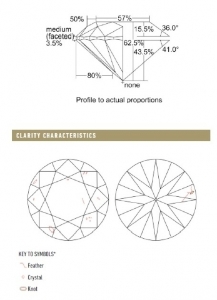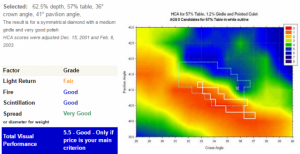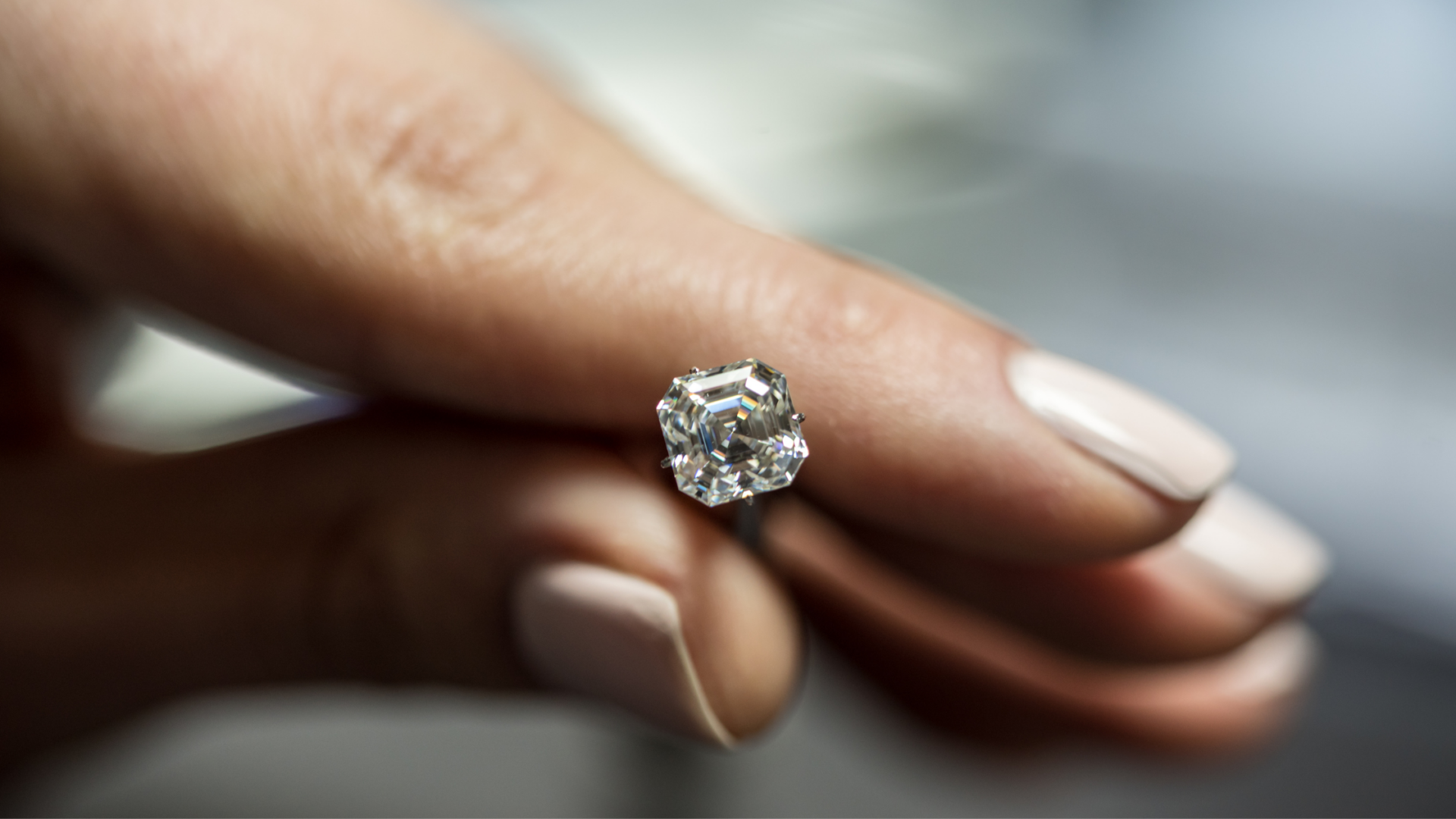royalfalcon
Rough_Rock
- Joined
- Aug 19, 2016
- Messages
- 6
Hello community, yesterday I bought a loose diamond for my fiance ring:
H color, SI2, Triple Ex, 1.02 ct
I paid attention to every aspect of diamond, the inclusions on the table were not visible to naked eye. However, when I got home I noticed that one of the inclusions is a knot on the pavilion. The knot is visible to the naked eye when you look at the pavilion but I don't care since it is not gonna be visible when the diamond placed on the setting. However, my only concern is that the knot fells off and the value of the diamond drops dramatically. Is this something that I should be worry about? Would you please share your professional comments on this. much appreciated.

H color, SI2, Triple Ex, 1.02 ct
I paid attention to every aspect of diamond, the inclusions on the table were not visible to naked eye. However, when I got home I noticed that one of the inclusions is a knot on the pavilion. The knot is visible to the naked eye when you look at the pavilion but I don't care since it is not gonna be visible when the diamond placed on the setting. However, my only concern is that the knot fells off and the value of the diamond drops dramatically. Is this something that I should be worry about? Would you please share your professional comments on this. much appreciated.






300x240.png)